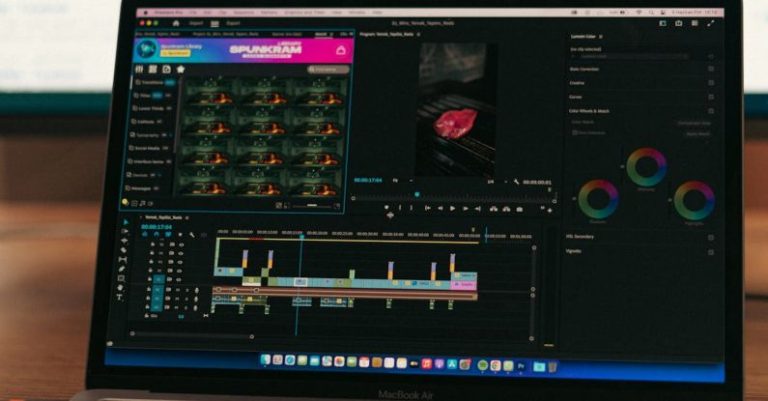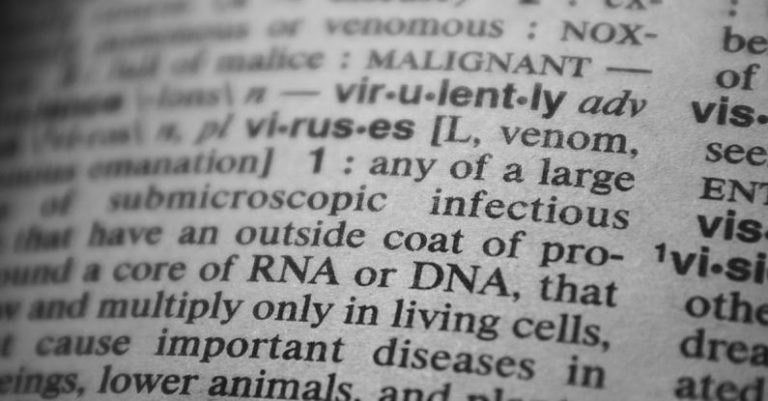The Power of Nanotechnology: Applications and Future
Nanotechnology, the manipulation of matter on an atomic and molecular scale, has revolutionized various industries and fields, showcasing its potential for innovation and advancement. The applications of nanotechnology are diverse and far-reaching, with its impact felt in areas such as medicine, electronics, energy, and environmental conservation. As researchers continue to explore and harness the power of nanotechnology, the future holds promising developments that could further transform the way we live and interact with the world around us.
### Medical Breakthroughs
One of the most significant applications of nanotechnology is in the field of medicine, where it has paved the way for groundbreaking advancements in diagnostics, drug delivery, and treatment methods. Nanoparticles, with their unique properties and ability to interact with biological systems at the molecular level, have been instrumental in the development of targeted therapies for cancer and other diseases. By delivering drugs directly to diseased cells while minimizing side effects on healthy tissues, nanotechnology has revolutionized the way we approach treatment strategies.
### Electronics and Computing
In the realm of electronics and computing, nanotechnology has enabled the creation of smaller, faster, and more efficient devices. The miniaturization of components through nanoscale engineering has led to the development of high-performance electronics such as transistors, memory storage devices, and sensors. These advancements have not only improved the speed and functionality of electronic devices but have also opened up possibilities for flexible and wearable technologies that can seamlessly integrate into our daily lives.
### Renewable Energy Solutions
The integration of nanotechnology in the energy sector has also shown great promise in addressing sustainability challenges and reducing our reliance on fossil fuels. Nanomaterials, such as quantum dots and nanowires, have been utilized in solar cells to enhance light absorption and improve energy conversion efficiency. Additionally, nanotechnology has been instrumental in the development of energy storage devices, such as batteries and supercapacitors, that have higher energy densities and faster charging capabilities.
### Environmental Conservation
Nanotechnology has the potential to play a crucial role in environmental conservation efforts by offering innovative solutions for pollution control, water purification, and waste management. Nanomaterials have been developed to efficiently remove contaminants from water sources, making them suitable for drinking and irrigation purposes. Nanoscale catalysts have also been employed in air purification systems to degrade harmful pollutants and improve air quality in urban areas.
### Future Possibilities
Looking ahead, the future of nanotechnology holds exciting possibilities that could further revolutionize various industries and address pressing global challenges. Researchers are exploring the use of nanotechnology in personalized medicine, where treatments can be tailored to an individual’s genetic makeup for optimal therapeutic outcomes. Nanoscale devices are being developed for targeted drug delivery, implantable sensors for real-time health monitoring, and nanorobots for precise surgical procedures.
### The Road Ahead
As we continue to unlock the potential of nanotechnology, it is essential to address the ethical and safety considerations associated with manipulating matter at the atomic level. Regulatory frameworks must be established to ensure the responsible development and deployment of nanotechnology-based products and technologies. Collaboration between scientists, policymakers, and industry stakeholders is crucial to harnessing the power of nanotechnology for the benefit of society while minimizing potential risks.
In conclusion, the power of nanotechnology lies in its ability to transform our world through innovative applications that have the potential to revolutionize healthcare, electronics, energy, and environmental sustainability. As we navigate the exciting possibilities that lie ahead, it is essential to approach the development and integration of nanotechnology with caution and foresight, ensuring that its benefits are maximized while its risks are mitigated. The future of nanotechnology is bright, offering endless opportunities for progress and discovery in the years to come.






